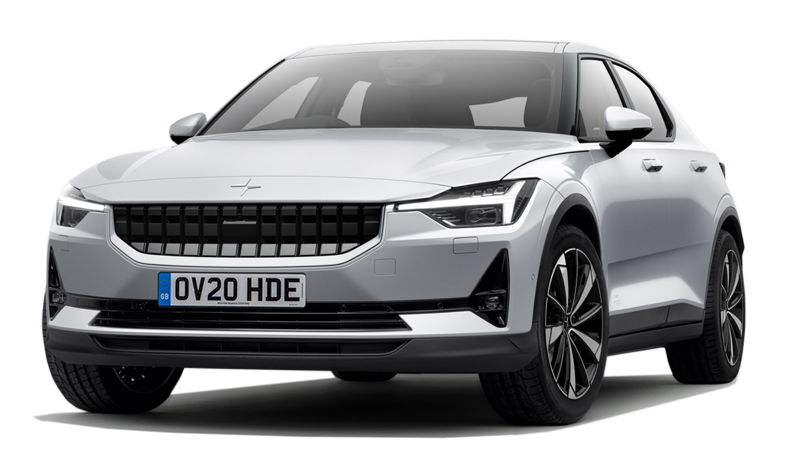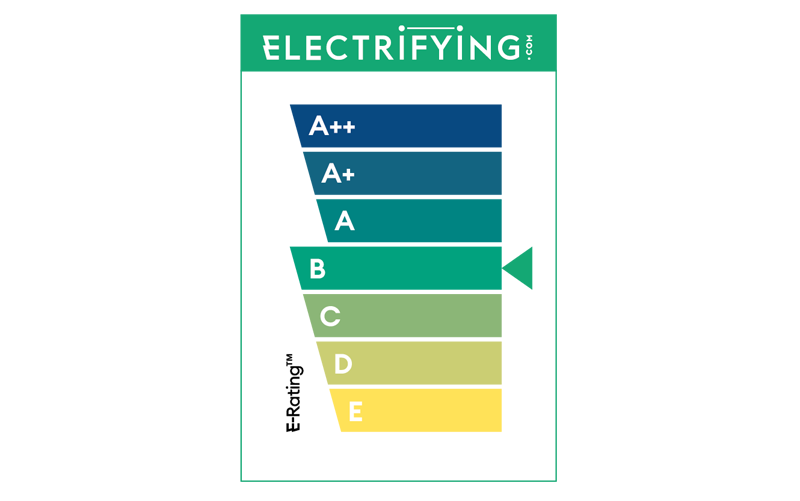Range
The official range figure of between 275 and 336 miles means the Polestar could drive from London to Newcastle without stopping. That is obviously an impressive feat and means the Polestar is likely to last longer than you before it needs to stop for refreshment. That range figure is comparable to more expensive rivals such as the Jaguar I-Pace too, but crucially it falls short of the totals you'd get in an equivalent Tesla Model 3.
The longest range is from the single motor with the bigger 78kWh battery. Adding another motor makes the car less efficient, but not by as much as you might expect
Battery
The Polestar’s bigger 78kWh battery is the same as fitted to Volvo’s electric models and is competitive compared to rivals at this price level. The smaller battery is a 69kWh unit which is lighter and improves efficiency slightly. As you’d expect from a Volvo brand, the battery cells have been placed underneath the floor and rear seats, where they can be safely protected in an accident. This also means the centre of gravity is lower than in a conventional car, making it feel more stable in corners.
Volvo is pretty generous with its warranty on the battery, guaranteeing it will retain at least 78% of its capacity after eight years or 100,000 miles.
Charging
As with all electric cars, most owners are expected to plug in at home or work for most of the time. If you use Polestar’s approved wall box it will supply power at 11kW, which is usefully faster than the 7kW you’d normally get from a home or car park point and will completely ‘fill’ the battery in about five and a half hours.
If you are out on a longer journey and need to top up, the Polestar can latch on to one of the new 150kW DC rapid chargers which are beginning to appear in service stations, supermarkets and restaurants. This will top up to 80% capacity in about 40 minutes, but if you just need a quick zap to get you home, it will deliver 60 miles of range in about 10 minutes. The more common 50kW rapid units will take around a hour to get to 80%.
One irritation is the racket the car makes once it is on charge and gets past 80% in warm weather. The cooling fans used to keep the battery chilled are surprisingly noisy – enough to annoy the neighbours if it was parked under a bedroom window.


















